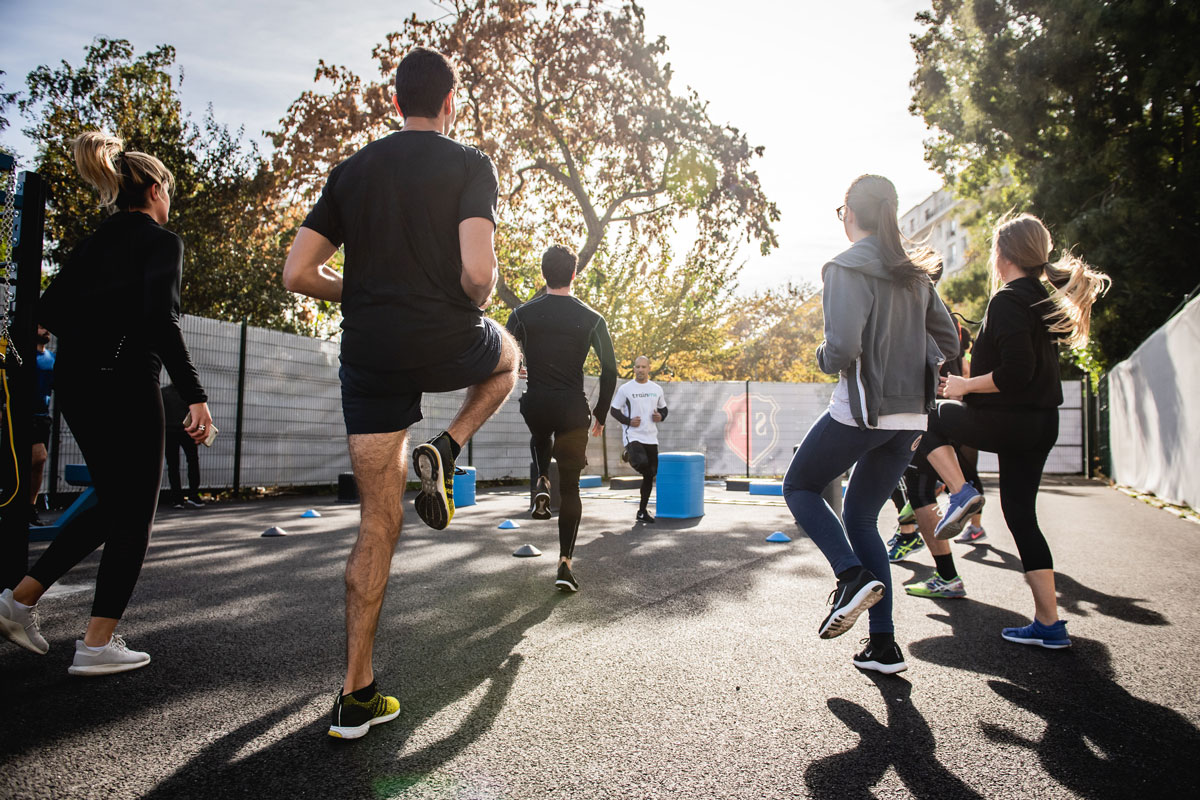 |
|
Participants of this study who completed more than 10,524 steps/day exhibited a 0.22μm/year slower rate of macular GCIPL thinning than those who completed fewer than 6,925 steps per day. Photo: Gabin Vallet on Unsplash. |
It’s no secret that physical activity can help prevent numerous ophthalmic diseases such as macular degeneration and diabetic retinopathy. Now, evidence from new research suggests that daily exercise may also help preserve macular thickness, and hence be protective against glaucoma. The recent study observed that patients—including glaucoma suspects—who exercised more had slower rates of macular ganglion cell-inner plexiform layer (GCIPL) thinning.
The team first assessed the correlation between accelerometer-measured physical activity and rates of macular GCIPL thinning in 735 eyes from 388 participants included in the Progression Risk of Glaucoma: RElevant SNPs with Significant Association (PROGRESSA) study. Then, using a cohort of 8,862 eyes from 6,152 participants with no ophthalmic disease in the UK Biobank, they analyzed the association between exercise level and cross-sectional SD-OCT macular thickness.
After adjusting for ophthalmic, demographic and systemic predictors of macular thinning in the PROGRESSA study cohort, the researchers noted an association between greater physical activity and reduced rates of macular GCIPL thinning. “This finding persisted in subanalyses of participants characterized as glaucoma suspects,” the study authors reported in their paper, implying that physical activity may be beneficial in longitudinal glaucomatous outcomes.
Participants from the PROGRESSA cohort who achieved more than 10,524 steps per day exhibited a 0.22μm/year slower rate of macular GCIPL thinning than those who completed fewer than 6,925 steps per day (-0.40μm/year vs. -0.62μm/year, respectively). Time spent doing moderate/vigorous activity, as well as mean daily active calories, were both positively correlated with the rate of macular GCIPL thinning.
Additionally, analysis of the population-based UK Biobank cohort revealed a positive association between physical activity and cross-sectional total macular thickness.
In their paper, the researchers presented some plausible explanations for the observed correlation between physical activity and macular thinning, hypothesizing that the association “may in part be due to confounding effects of age and the confounding and/or mediating effects of cardiovascular disease and/or intraocular pressure (IOP).” They added that because exercise has been shown to reduce IOP, this may also play a role.
A limitation of this study is the age range of participants (40 to 70 years old), who have a relatively low rate of neurodegenerative disorders compared with older populations. Exercise intensity data were also excluded, but the researchers suggested this may be a valuable area of research for future studies.
In conclusion, the authors wrote that their study “observed potential neuroprotective benefits of exercise among normative and glaucomatous cohorts,” adding to the wealth of clinical evidence that supports the protective effect of physical activity against age-related eye disease.
Berry EC, Marshall HN, Mullany S, et al. Physical activity is associated with macular thickness: a multi-cohort observational study. Invest Ophthalmol Vis Sci. 2023;64(3):11. |


